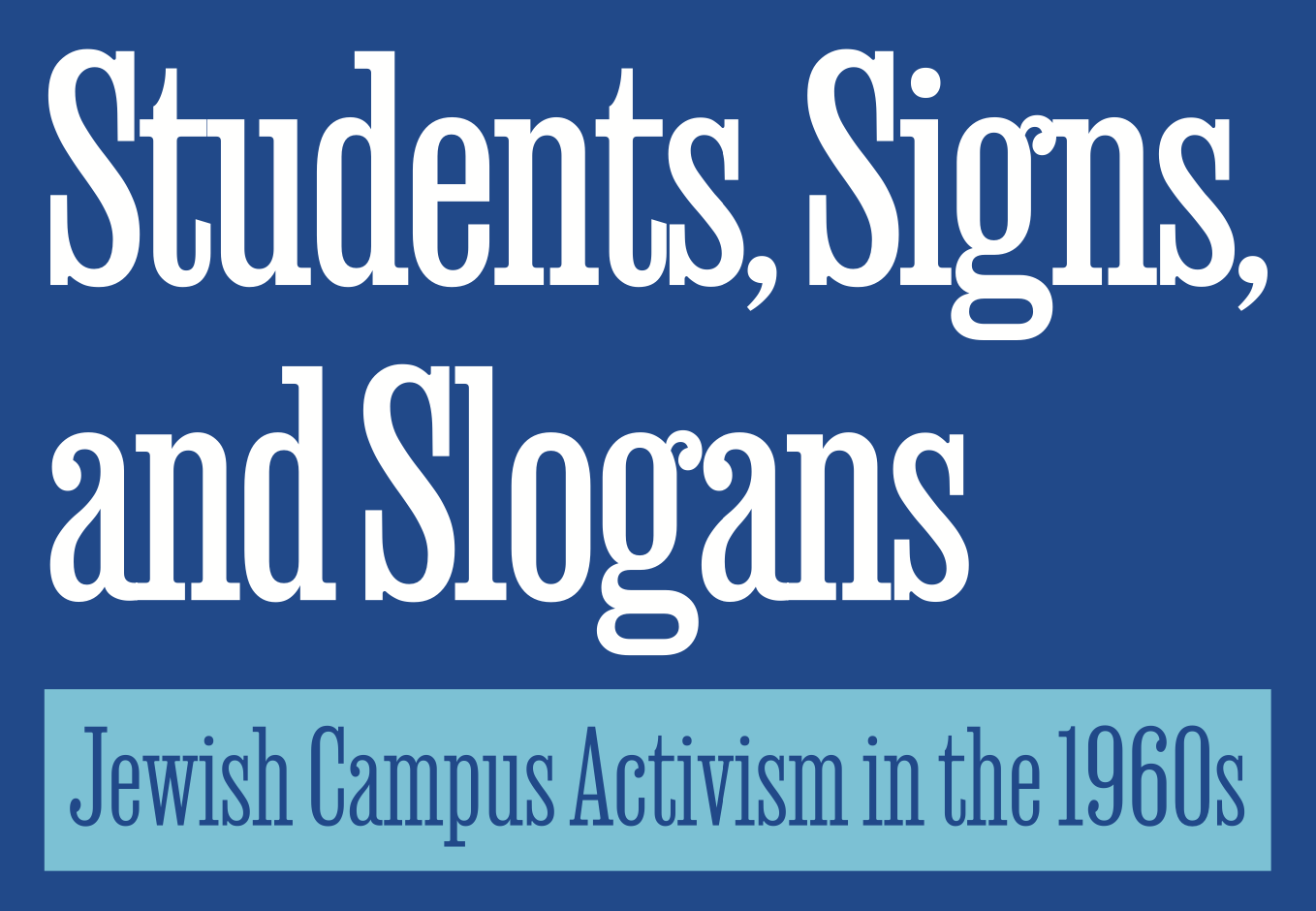
Columbia University students occupying Low Library during the campus protests of late April 1968.
Source: Columbia
University

Following the Second World War, American Jews benefited from new opportunities in higher education. By the 196os, most universities had eliminated quotas and once more opened their doors to Jewish applicants. By 1967, the percentage of Jewish students at Columbia rose to around 40%, while at Harvard it was estimated to be as high as 25%. Though American Jews only numbered 2.8% of the national population in 1970, the percentage of college faculty that was Jewish was 8.7%, while Jews comprised 10% of all graduate students. Jews also assumed leadership roles in postwar campus social movements, especially during the 196os.